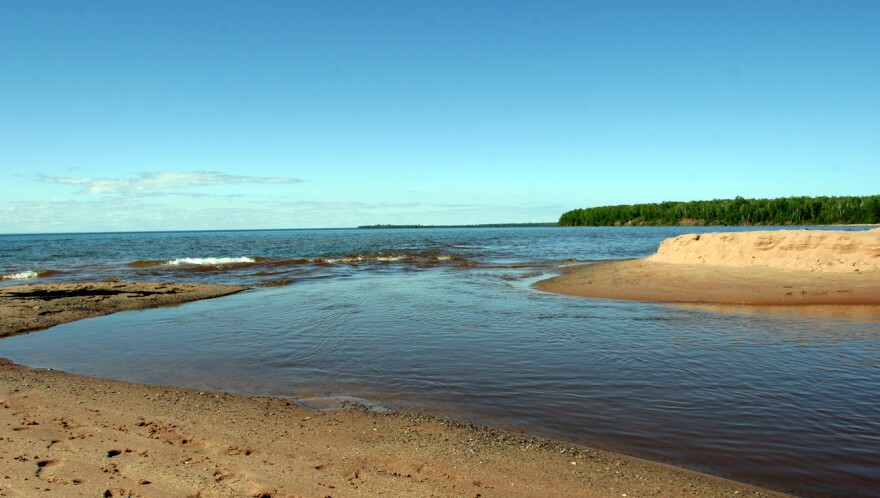Just in case the Great Lakes Water Quality Agreement isn’t on your summer reading list, here’s the gist of it:
It’s an agreement between the U.S. and Canada. One of the goals of that agreement is to make the Great Lakes more swimmable, fishable and drinkable.
The International Joint Commission is an independent bi-national organization. It gives advice to the U.S. and Canada on meeting those goals, among other things. TheIJC has a Health Professionals Advisory Board, and the board’s come out with a report proposing five ways to measure risks to our health from contaminants and other hazards in the Great Lakes.
The advisory board is proposing these indicators:
- The chemical integrity of source water
- Biological hazards of source water
- Illness risk at Great Lakes beaches
- Identified risks at Great Lakes beaches
- Contaminant levels in fish
Contaminants in fish
Dr. Howard Shapiro is a Canadian member of the advisory board. He says there are several kinds of contaminants the board is considering tracking in fish.
"They haven't specifically come up with a list yet; we're looking at things such as PCBs, DDT and DDE, other pesticides like toxaphene. Now it may not be all of these; some may change over time but that's the initial thought," said Shapiro.
The Board also looked at the risk of illness from Great Lakes beaches. According to the report, recreational surface water and beach sands may harbor microorganisms — bacteria, viruses, or parasites — capable of causing illness.
"And the way people would get sick is either with a digestive system problem, they may get a rash, sometimes people can get an infection of the ear or even sometimes a respiratory infection," Shapiro said.
Improving beach closing warnings
One problem when it comes to contaminants that can make people ill is that there's often a delay in notifying beachgoers about the risks. Shapiro says that's because it can take 24 hours to measure bacteria levels.
"So when we provide an alert, it's often reflecting the conditions of a day ago. So different jurisdictions are looking at things like using models to predict that day what's going to happen based on weather or water conditions, or to do tests of the water directly that are available in a few hours instead of overnight," Shapiro said.
Going to the source
The HPAB also wants to take a new approach to assessing drinking water for contaminants.
"We're looking at a number of different things. We're looking at things to do with the chemical integrity of the water as well as the biological hazards of the water," says Shapiro. "And the thing that's a bit different here is we're looking at the source water as opposed to the water after it's been treated."
He says board members hope that these five indicators will be used to improve the Great Lakes overall.
"So if they're adopted by the International Joint Commission they'll be the way we track progress on these different areas and they'll be reported to the different governments so they can take action. "



